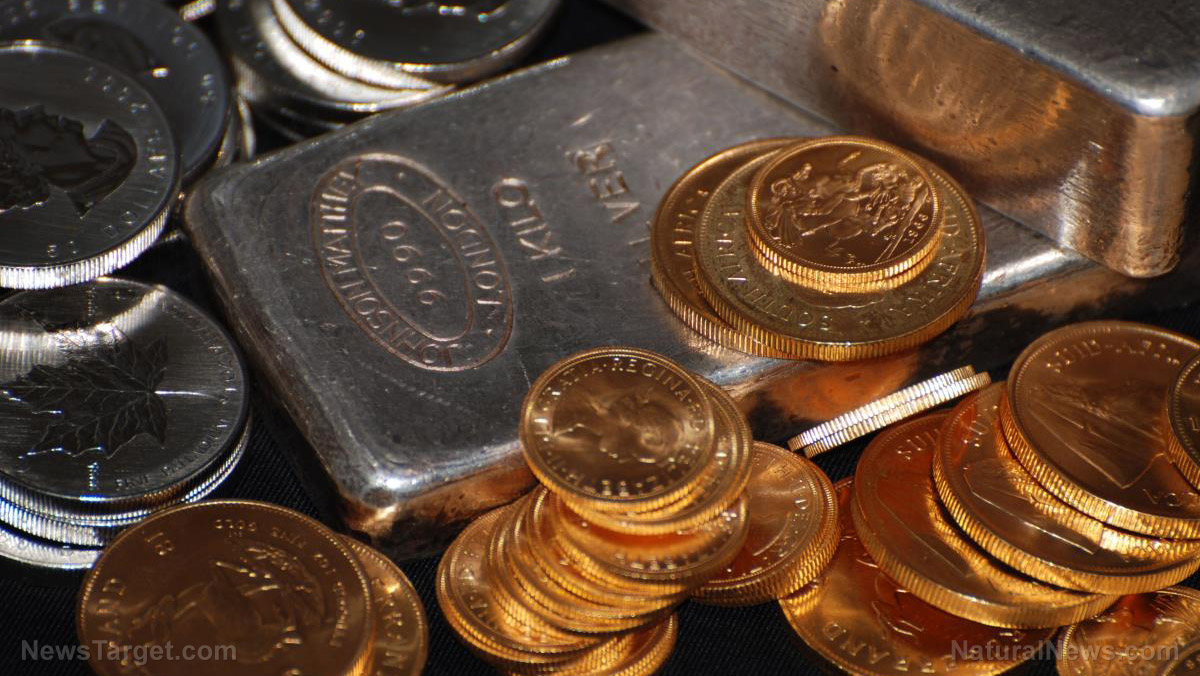
The 2022 year-end issue of the Gold Newsletter predicted that financial trends for 2023 will be bearish for stocks and bonds and bullish for gold and silver. Investors are more willing to buy in a bullish market and are likely to sell in a bearish market.
Brien Lundin, long-time editor of the news letter, elaborated on these predictions during an episode of the "Gold Newsletter Podcast."
"In recent weeks, the correlation between gold and stocks has been breaking down a bit and coming less positive and less correlated – even negatively correlated for some time," Lundin told his co-host Fergus Hodgson.
Lundin noted that this only happened a couple of times since the U.S. Federal Reserve began raising interest rates in March 2022.
"In those instances, it was when gold was going down and the stock market was briefly going up. But other than that, that 20-day correlation has been close to one or a near perfect lockstep. I think the market may be sniffing out a scenario where in the new year, the Fed will be forced to pause, eventually probably pivot and start lowering rates again later in the year."
Moreover, Lundin mentioned that the Fed will not be able to put the inflation down to its two percent target and will then implement easier money policies.
"It's like they are admitting that the Fed is powerless to really kill off inflation. There will be a dichotomy in the market, bearish for stocks and bonds bullish for precious metals."
Hodgson, meanwhile, pointed out that the people in the Federal Reserve are political appointees.
Human knowledge is under attack! Governments and powerful corporations are using censorship to wipe out humanity's knowledge base about nutrition, herbs, self-reliance, natural immunity, food production, preparedness and much more. We are preserving human knowledge using AI technology while building the infrastructure of human freedom. Speak freely without censorship at the new decentralized, blockchain-power Brighteon.io. Explore our free, downloadable generative AI tools at Brighteon.AI. Support our efforts to build the infrastructure of human freedom by shopping at HealthRangerStore.com, featuring lab-tested, certified organic, non-GMO foods and nutritional solutions.
In response, Lundin said political pressures will be immense this year as "the budget will essentially be buried under the cost of servicing federal at a trillion dollars or more a year." He continued: "This will be the single largest budget item, more than defense or Medicare, more than really any single item. You'll be paying on interest on the federal debt."
Don't invest in metals just for geopolitics
Lundin warned listeners not to invest in metals for geopolitical reasons alone.
"Don't invest in the metals for geopolitics," he said. "Any geopolitical driver of the metals is almost always very short-lived. And really, it's nonsensical to begin with the fact that 'There's a bomb dropping somewhere.' It is not a reason for the price of gold to rise globally."
Instead, Lundin encouraged the general public to invest in gold and silver due to their purchasing power – given that the value of fiat currencies could actually drop at a much higher and accelerating rate in the future. (Related: Want to protect your assets against inflation? Consider owning precious metals like gold and silver.)
"I like to call it a freak-out hedge. So when people really start to freak out about their currency, they buy gold," he explained.
The gold expert also pointed to other metals that would play major roles in the coming months, such as uranium, copper, zinc, lithium and cobalt.
"Uranium had a lot of help from the headlines with war brain and the issues of gas supplies. It's coming back a little bit in price and there are irresistible factors that were driving uranium prices much higher," he said. "Also, we've got a lot of aspects boosting copper in other base metals."
According to Lundin, copper is involved in electrification of transportation and in the improvement of the electrical grid. This would also involve a lot of other base metals like zinc as well as lithium and cobalt.
Listen to the full episode of the "Gold Newsletter Podcast" featuring Lundin's predictions for 2023 below.
This video is from the Gold Newsletter channel on Brighteon.com.
More related stories:
Bitcoin's value continues to shrink amid Russia-Ukraine conflict; investors turn to gold and silver.
Sources include:
Please contact us for more information.




















